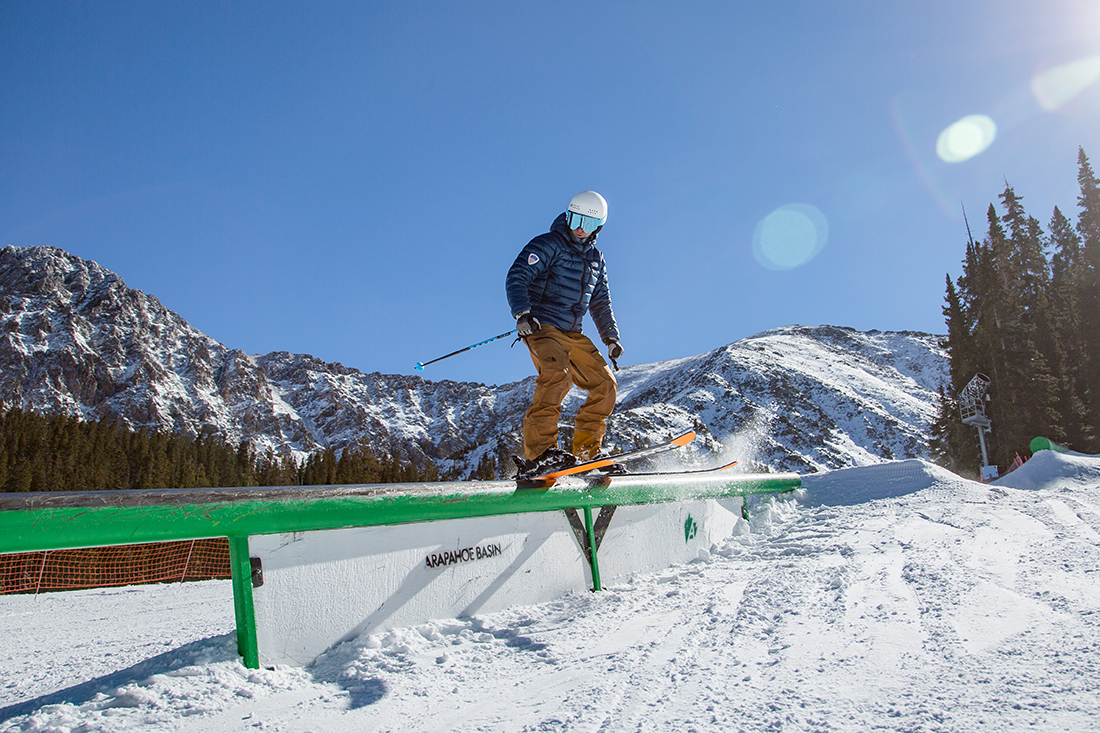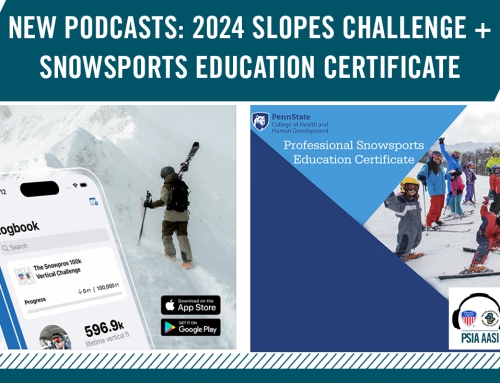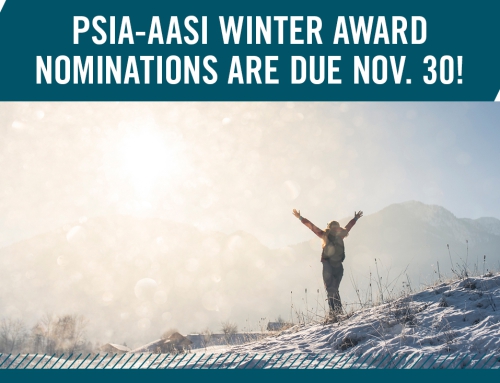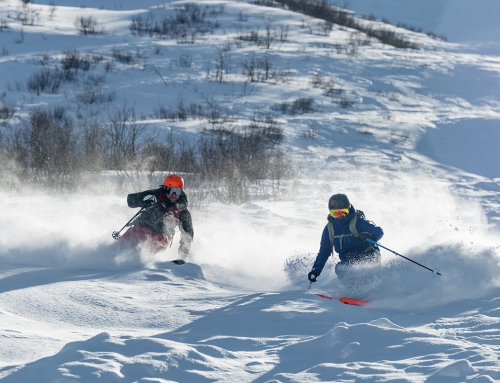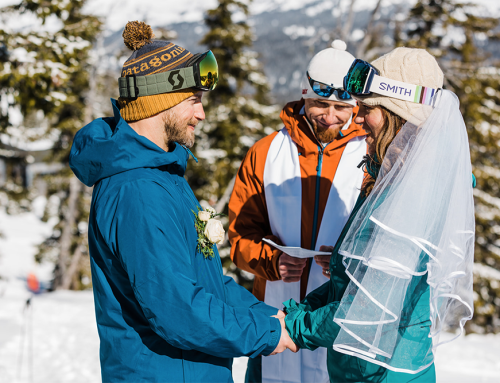32 Degrees: Does Style Matter? Yes, and Here’s Why
This article, by Ben Potts, appears in the spring 2022 issue of 32 Degrees. Please note: In this article, “style” refers to the type of skiing or snowboarding that resonates most with the individual, not superficial things such as the fit of their clothes or how they wear their goggles.
Style is an extension of a person’s individuality; how they represent themselves on the mountain. A skier or rider’s style lets them express themselves and share their interpretation of how to use the mountain environment in their skiing or riding.
A student may ask, “How can I look cool?” Since style is so personal, it’s a difficult question to answer… but you can start by considering where style comes from and why it matters.
Start With a Strong Foundation of Fundamentals
First off, let’s keep it real. You need great skiing and snowboarding, or technically accurate skiing and snowboarding, as the base on which to develop personal style. As Pablo Picasso famously stated, “Learn the rules like a pro, so you can break them like and artist.”
Some might mistake a deficiency in a technical fundamental as a “style,” but in reality, it is the opposite. Your students must be proficient in their fundamentals so they have the skills to express their own style. If they don’t have the skills, they’ll lack the ability to adapt and create their vision of how to perform their sport. No matter what their personal style looks like: Great skiing and snowboarding is great skiing and snowboarding as defined by the fundamentals.
Our ability to develop style is also a primary function of motor skill development – which, according to American psychologists Paul Fitts and Michael Posner, occurs in three stages. In the cognitive phase, movements are awkward and require the person’s full attention to perform. In the associate phase, the person has learned effective ways to do the task, and movements become more fluid and rhythmic but not necessarily automatic. When operating in the autonomous stage, however, movements are accurate, consistent, and efficient. Little cognitive activity is required. Attention can be focused on tactical choices, greater range of motion, speed, acceleration, and the use of skills in a novel situation. Fitts and Posner give us context for ownership of the fundamentals. In the autonomous stage, attention can also be shifted toward style and achieving that “look” your student is after.
With a foundation in place, you can start to work with your students to help them personalize and stylize their approach to skiing or snowboarding.
Building Connections Through Style
Is it vain to focus on what looks cool? The short answer is no. Helping students develop style can help address some of their needs or motivations for taking a lesson. Their style or look on the mountain can help them develop self-esteem or fit into how they perceive mountain culture. This, of course, will look different for everyone, but it’s about fitting into their ideal and reaching their goals.
Your students’ style – how they ski or ride (not what they wear) – even relates to the Learning Partnership. How? It gives you a framework for collaborating with your student, in which you not only understand their motivations, but also better understand their influences, ideas, and inspirations. Fully understanding what motivates your students will give you the insight to help them develop a style they will be excited about, want to spend time practicing, and, ultimately, excel at performing.
A successful Learning Partnership requires that you keep your own bias on style in check – don’t impart your style preferences on your student! To reach your full potential as a guest-centered instructor, remember to be well-versed in all styles and types of snowboarding and skiing – including accepting styles different from your own. Think of yourself as a style chameleon and shift your own approach to support your students’ budding preferences.
Connect Style to Outcomes
Again, style is built on the fundamentals, meaning that style is connected to functional skiing and snowboarding. Help your students connect their style to specific outcomes. For example, skiing with your arms in front of your torso and slightly below shoulder height is a functional stance to maintain dynamic balance when moving through a turn. However, you may find that skiing with your arms lower and at the sides of your torso is a better means of maintaining dynamic balance when setting a trick during takeoff. Work with your students to try different movements and then connect these movement to outcomes.
Know and Share Your Expertise
It we are going to talk about style, we need to talk about culture. For style to truly give us a sense of acceptance and belonging, we need to know it fits into the culture of skiing and snowboarding. As instructors, we need to know the history of our sports as well as the present. Great skiers and snowboarders of the last century have inspired current equipment, technique, and style. Sharing cultural information with your students that relates to their style of skiing or snowboarding gives your guidance context.
Own Style and Have Fun with It
So, does style matter? Yes. Is it one style fits all? No. Own the fundamentals, listen to your students, and dig a little deeper into the nuances of your sport. The specific characteristics of your student’s style connect their identity to their sport while also making them unique. In the words of extreme skier Scot Schmidt, “Style was and still is what sets us all apart.”
__
Ben Potts is a first-term member on the PSIA-AASI National Team. Based in Breckenridge, Colorado, Ben spends his summers farming and helping with noxious weed management. In addition to his PSIA-AASI Alpine Level III and Adaptive Level I certifications and Freestyle Specialist 3 and Children’s Specialist 2 credentials, Ben has his United States Ski and Snowboard (USSA) Freeskiing Level 300 credential.

